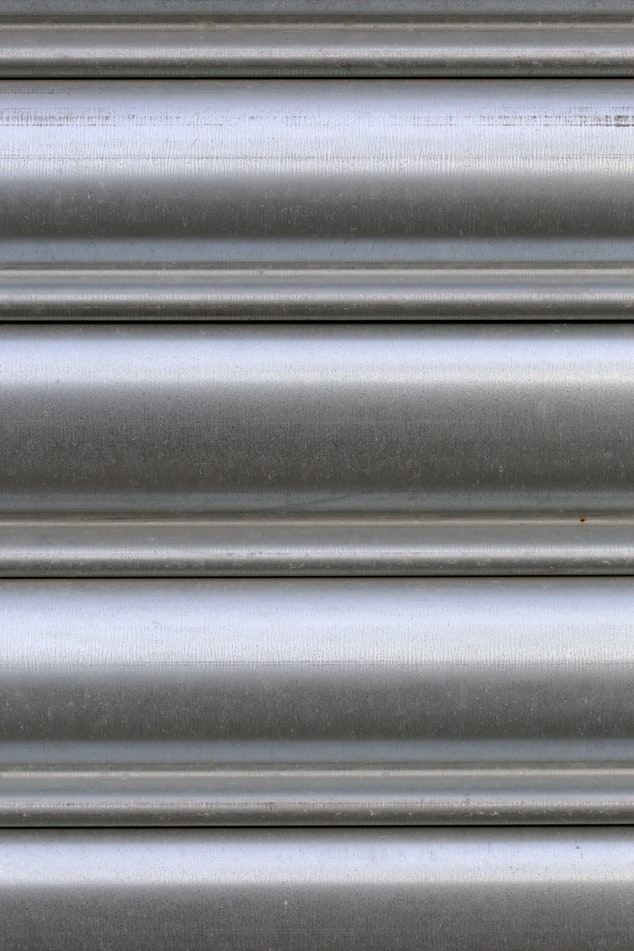
When it comes to outdoor storage, the choice as to what shed material will be used could seem somewhat trivial at first glance. Surely, the color or size of the shed must be more important. However, the implications of the material used to construct the shed are surprisingly far reaching.
Cost
The typical material used to construct a shed is either wood or metal, both with their individual pros and cons. The first thing to compare between these two materials is the difference in price. Despite wooden sheds being more traditional, they tend to cost a lot more than their metal counterparts. If the bottom line for you is affordability, you will find yourself investing in a metal shed.
Assembly
In addition to typically costing less, metal sheds don’t require an intensive assembly process. Many metal sheds can be bought flat-packed for easy transportation to the desired location. The materials used to build a metal shed are also much lighter than those found in a wooden shed. The ease with which you are able to transport and construct a shed made of metal allows the consumer to focus less on the assembly and more on actually using the shed for its intended purpose.
Maintenance
The next aspect of comparison comes in the form of maintenance. The expectation of a metal shed is one that involves very little upkeep. There is a variety of metal sheds possess a galvanized layer underneath the initial metal coating, protecting the metal itself and the contents of the shed from the elements. Wood on the other hand is susceptible to pests, moisture, and fire, requiring routine maintenance to protect against these factors. Maintaining the color and appearance of the shed is also easier if metal is chosen as the primary material, as paint is much more resilient on metal than on wood and doesn’t require a consistent re-application nearly as frequently.
Durability
Going hand in hand with maintenance, durability is arguably the most important comparison to make between these two types of sheds. Metal is naturally stronger and more resilient, making it the obvious choice over wood. Pests such as termites can burrow into the wood and eat away at it, weakening the structure and compromising the safety of the shed. This could mean additional costs as you would need to enlist the services of a company specifically focused on killing termites to eradicate the problem. It’s important to note that metal also has a certain level of flex to it, allowing it to withstand the elements with ease. Wood is unable to boast the same range of motion and is instead susceptible to cracking due to the strain put on the shed.
Safety
The final thing to consider is safety. As was previously mentioned, wooden sheds are susceptible to fire, especially if one plans on running any sort of electrical wires to the shed. As the consumer, you should think long and hard about constructing a potential fire hazard against or near your house. If the shed were to catch fire for whatever reason, your house could be put in jeopardy as well as the lives of anyone that happens to be near the shed. To us, it doesn’t make a whole lot of sense to spend more money on something that could end up burning down due to nothing more than a stray lit match.




